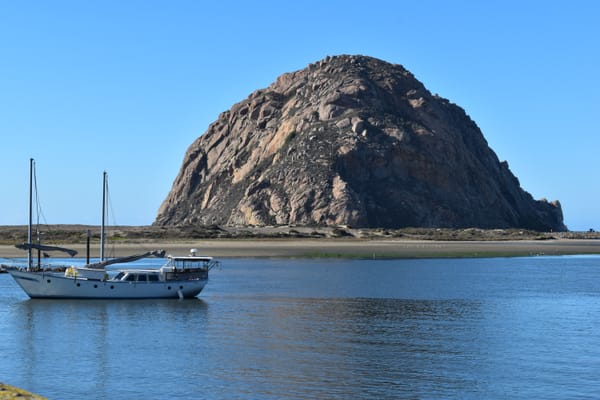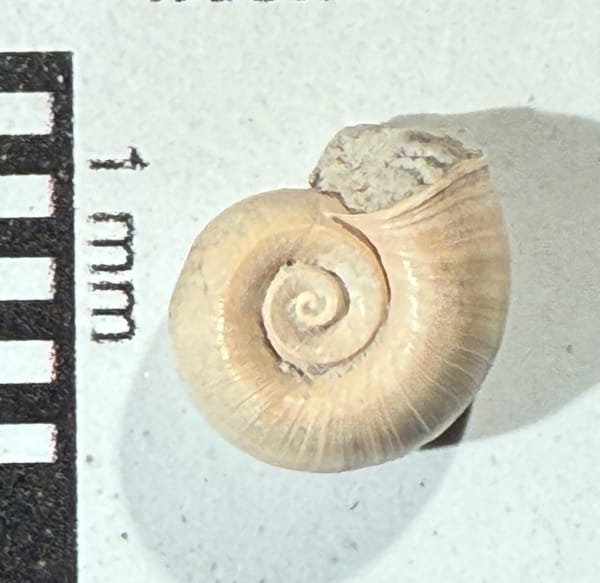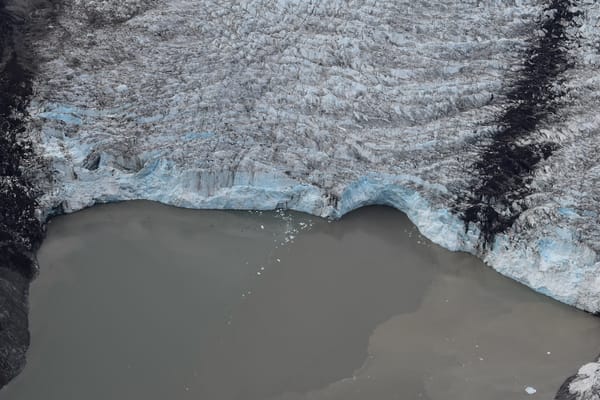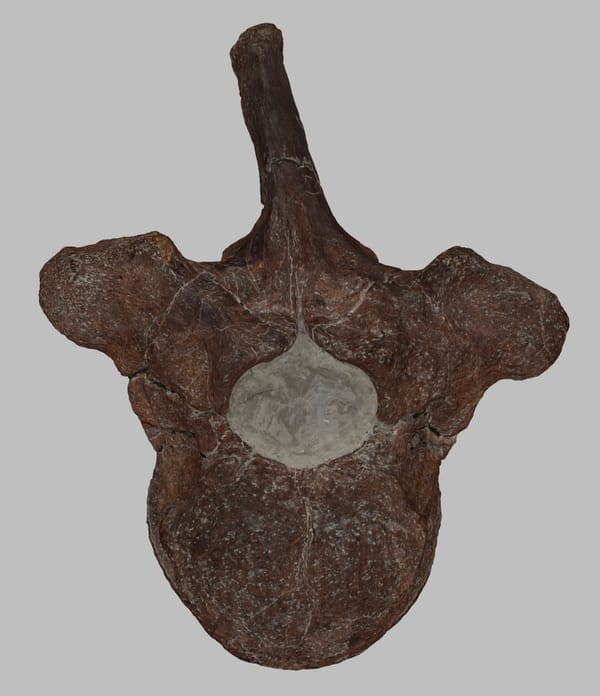More whale rib strangeness
Thanks to Hurricane Camille, we discovered an odd set of whale ribs.
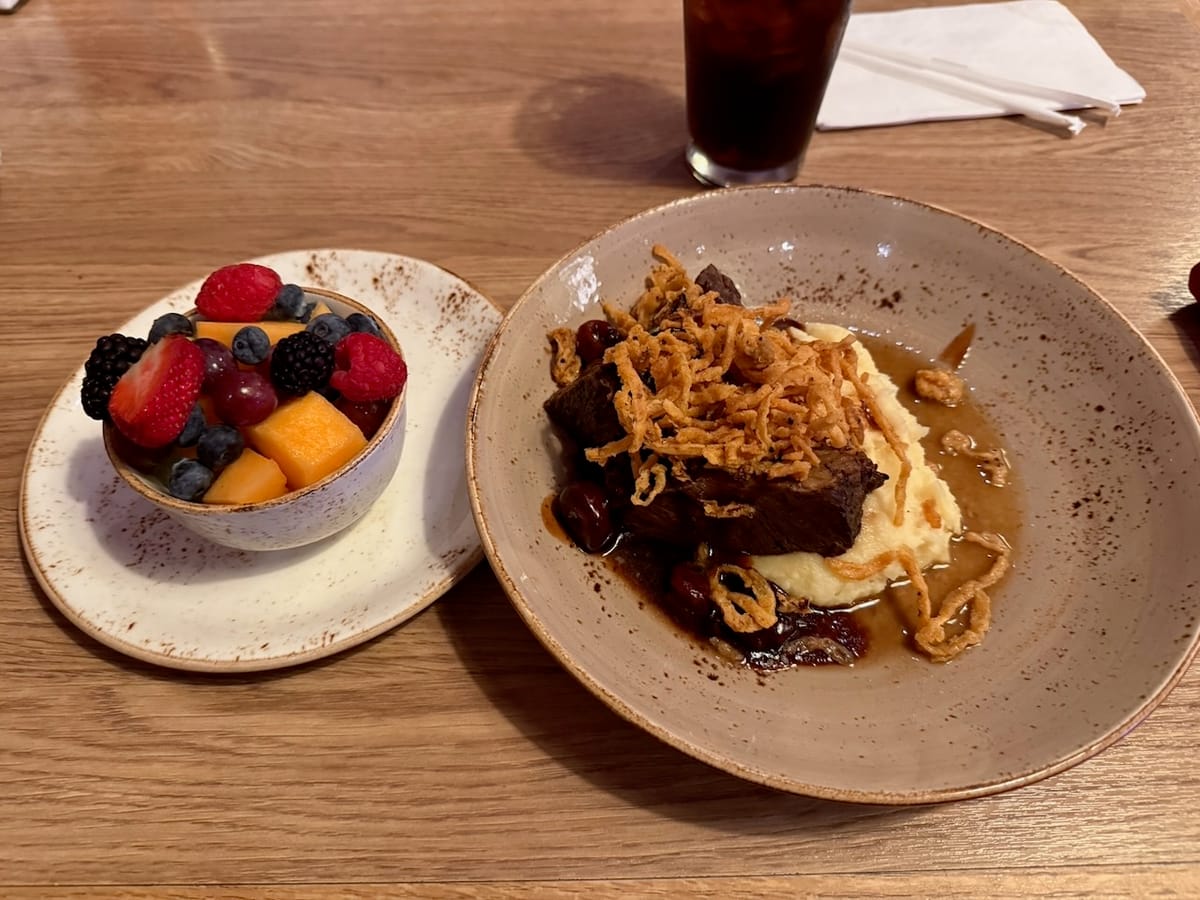
On August 19-20, 1969, after devastating the Gulf Coast, the remnants of Hurricane Camille tore across Virginia, causing flash floods and landslides across the state that killed 153 people. These floods caused a great deal of erosion of Cenozoic sediments along the river banks across central Virginia. A few weeks after the storm, paleontologists from the U. S. Geological Survey discovered a whale skeleton exposed by flooding along the bank of Mill Pond Creek in Hanover County. They collected the skeleton in plaster field jackets and deposited them in the Smithsonian's U. S. National Museum of Natural History in Washington. And that's where they stayed, untouched, for the next 21 years.
When Hurricane Camille hit I was only a few months old. But by 1990 I was an undergraduate student and had decided to work on fossil whales. I spent a semester abroad mounting a modern pygmy sperm whale skeleton for display at the Bermuda Aquarium, and then spent a summer interning at the Smithsonian, taking measurements and photos of a fossil whale for my undergraduate thesis. I decided to take a leave of absence from school in Fall of 1990 to intern with the new Virginia Museum of Natural History. The paleontologists at VMNH convinced the Smithsonian to transfer the untouched 1969 whale jackets to them, and I spent my internship preparing that specimen – the first time I had ever prepared a vertebrate fossil from its field jacket, and only the third whale of any kind I examined in detail (and the first baleen whale).
The preparation was mostly straightforward and was a good first project for me. The specimen had been preserved in sediment from the upper part of the Miocene Calvert Formation, so it was around 14 million years old. Besides associated shark teeth and bird bones, the jackets produced a partial cranium and lower jaw, the first 28 vertebrae, and portions of at least 18 ribs, all from a single baleen whale that I eventually nicknamed "Camille". But when I was cleaning Camille's anterior ribs things got a little strange.

In our discussion of rib anatomy a few weeks ago, I mentioned that anterior ribs typically have two articulations at the upper end, the capitulum and the tuberculum. As is obvious in the image above, these ribs clearly have three articulations, not two! At first I thought it might be some kind of weird response to an injury, but it turned out to be present on both sides of the body, and there were no obvious signs of pathological bone growth. They looked perfectly healthy, but with an extra articular head. And these were the only two ribs that were like this; all of Camille's other ribs looked perfectly normal.
This was 1990, so no internet searches! I poured through old papers and books at VMNH, trying to gain some insight to what was going on with these strange ribs. Finally, I found a mention of this type of arrangement in modern whales in W. H. Flower's An Introduction to the Osteology of the Mammalia, from 1885. That lead me to an earlier reference, W. Turner's 1871 paper "On the so-called two-headed ribs in whales and in man."
It turns out that this condition is fairly common in modern baleen whales, occurring in as many as 15% of the individuals of some species, including the sei whale (Balaenoptera borealis) below. Because the capitulum and tuberculum are connected by a sheet of bone in modern baleen whales, the proximal end looks more like a pair of hatchets with fused, curved handles in these species.

A closeup of Camille's first ribs shows a clear line of fusion, where a small extra rib is fused onto the front of each regular first rib.

The "extra" rib in all these cases articulates with the 7th vertebra. Since nearly all mammals have 7 cervical (neck) vertebrae, this would suggest that these individuals have a cervical rib – a condition that is common in most vertebrates, but which does not normally ever occur in mammals. This is exactly how Turner and Flower interpreted these ribs in the 1800s, and I initially agreed with them. This was a fascinating idea, because mammal ancestors lost their cervical ribs over 100 million years ago. That would suggest that the genetic information for growing cervical ribs has been floating around in the mammalian genome, inactive, for all that time. But of course the story turns out to be a little more complicated than that.
The thing is that in the 1800s we knew essentially nothing about the genetic basis for organism growth (DNA was only discovered 70 years after Turner's paper). Our knowledge of genetics has progressed rapidly since then. It turns out a segmented structure, like a series of vertebrae, grows by expressing the same group of genes over and over again. But of course our vertebrae don't all look the same, and they don't go on forever. That's because of an additional set of regulatory genes called HOX genes. These become active at specific points of development and change the nature of the growth in the series. For example, in mammals, after the 7th vertebrae has started to develop, a set of HOX genes activates that essentially causes the 8th vertebra to grow as a thoracic vertebra instead of as a cervical. The interplay and timing of HOX and other developmental genes results in the variety of vertebrae we see, and the counts of each type of vertebra.
If we look at Camille's vertebrae while considering the effect of HOX genes on development, it gives us a slightly different interpretation for what's going on:
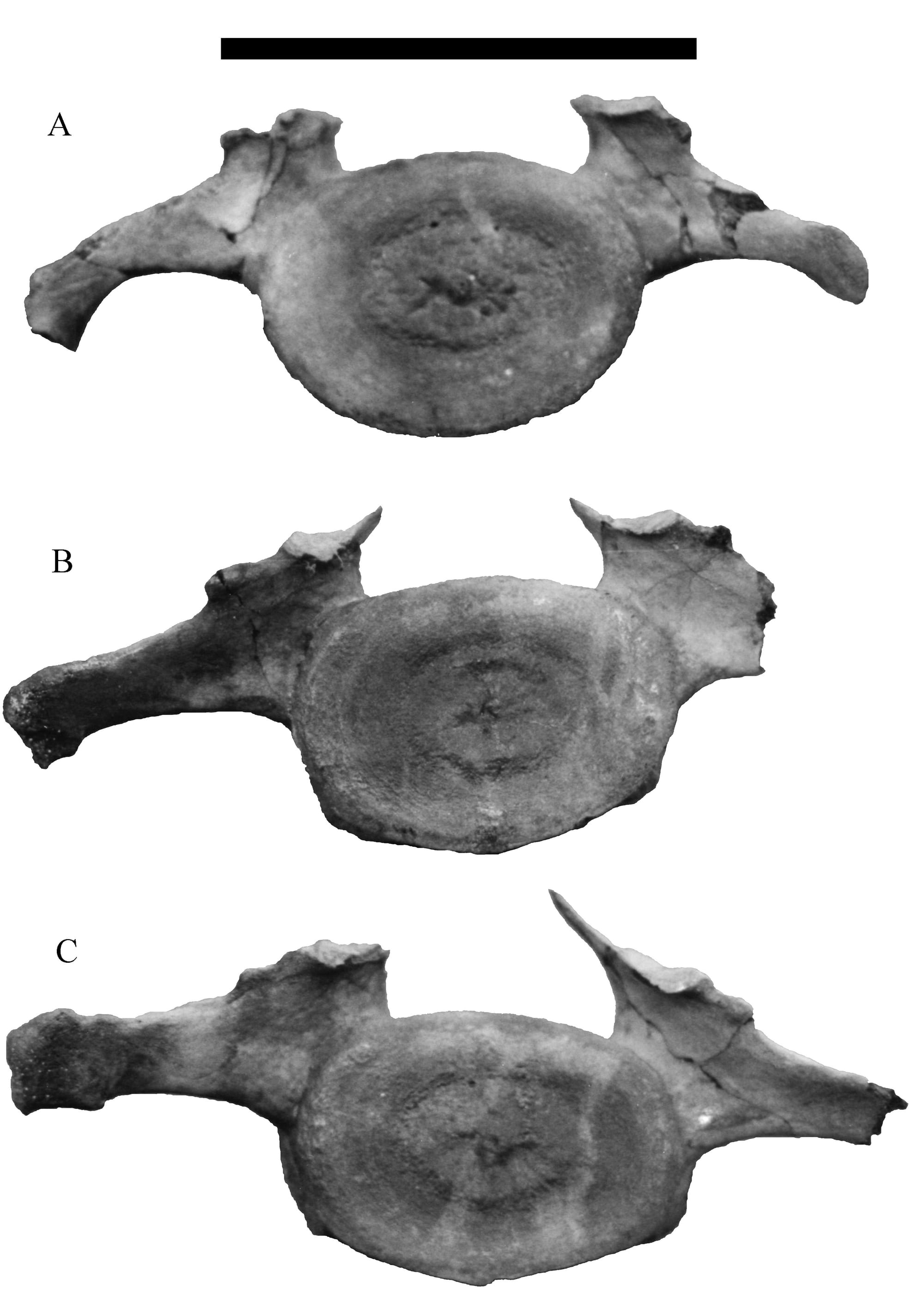
We recovered the first 28 vertebrae from Camille, so we can see how the vertebrae change throughout the body. Above are the 6th, 7th, and 8th vertebrae. In most mammals, including whales, the 6th and 7th vertebrae should be the last 2 cervicals, while the 8th vertebra should be the first thoracic vertebra. But it's clear that in Camille the 7th vertebra looks more like the 8th than the 6th. That means that Camille only has 6 cervical vertebrae, and an extra thoracic vertebra!
This provides a completely different explanation for Camille's extra rib. Camille probably didn't have 100-million-year-old relict DNA coding for cervical ribs. Instead, a small developmental anomaly caused a HOX gene to activate one vertebra too early. That caused the 7th vertebra to develop as a thoracic instead of as a cervical. The rib sequencing is controlled by the same HOX genes, so that extra thoracic vertebra developed a set of ribs, just as a thoracic vertebra should. But the HOX error didn't express perfectly, so when the 8th vertebra (now the 2nd thoracic instead of the 1st) developed its rib there wasn't room for everything to fit, and the extra rib pair ended up fusing to the next pair.
This discovery was by no means ground-breaking, but it does provide an interesting window into the way our skeletons develop. HOX gene mutations can play a major role in evolution, because they so directly impact the way our bodies develop. A small HOX gene mutation can essentially trigger a chain of other changes in the way a body develops, so that a small mutation with minimal genetic change can have a very large effect on the adult appearance of the organism.
Even though the extra rib is fairly common in modern baleen whales, to my knowledge Camille is still the only reported example of this in any fossil whale.
Next week, in my last post in the rib series (for now), we'll move away from marine mammals and look at some long, complex ribs that are barely 1 millimeter in diameter!

If you like what you're reading, please consider becoming a paid subscriber or leaving a tip. All proceeds go to cover the cost of maintaining the site and supporting research and education at the Western Science Center.
